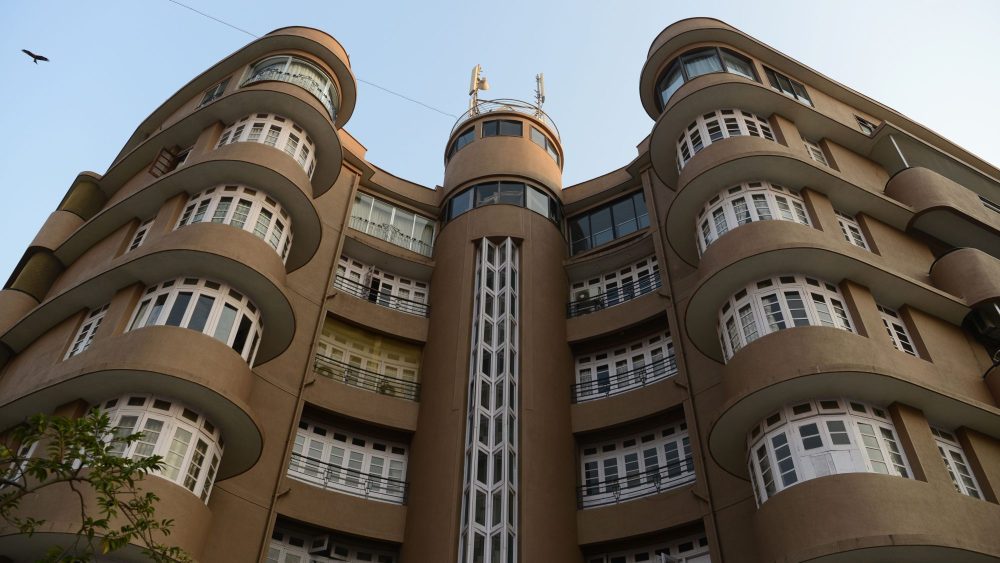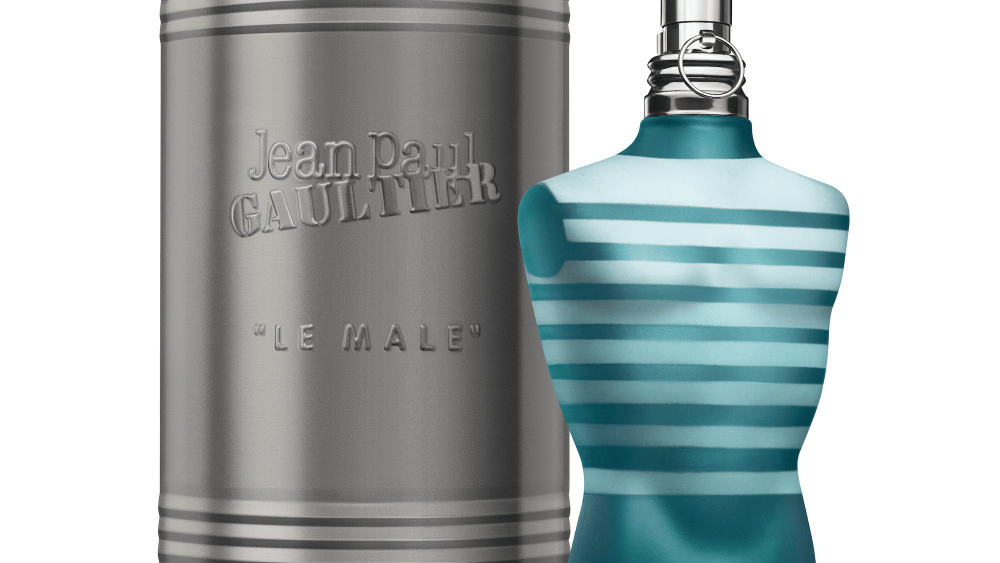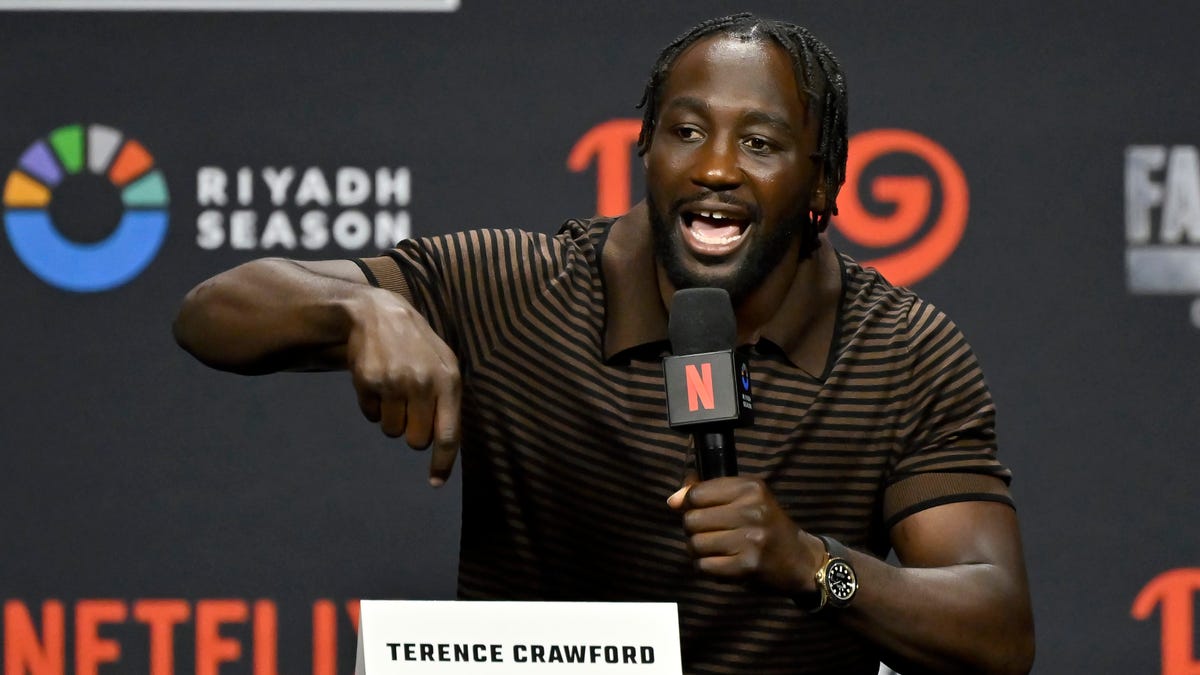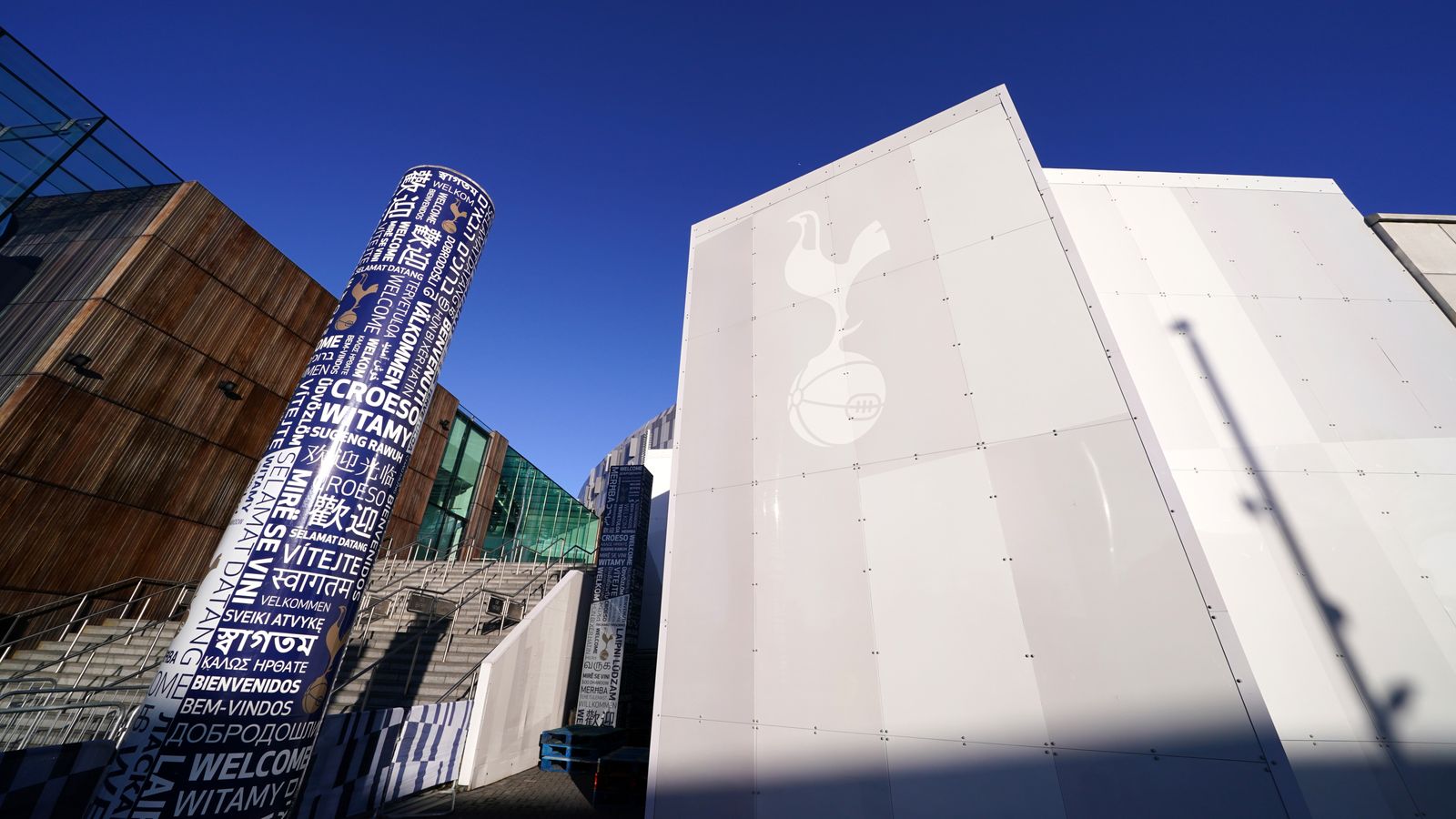
Strolling through the Mumbai neighborhoods of Colaba and Bandra, the grandeur of the Art Deco buildings might be drowned out by the excitement around the city’s bustling outdoor markets and the honking of tuk-tuk taxis.
It is also rarely noted that Mumbai has one of the largest clusters of Art Deco structures in the world, according to design leaders there. Art Deco Mumbai Trust, which was founded by Atul Kumar in 2019 and is dedicated to chronicling Mumbai’s Deco period, has documented more than 1,400 Art Deco monuments in the Mumbai metro area alone. The populous capital was recognized by UNESCO for its Victorian Gothic and Art Deco Ensembles in 2018.
A calendar of events taking place between Miami and Mumbai is about to change the latter’s image across the Atlantic. Art Deco Alive! is a dynamic collaborative that celebrates the Art Deco design movements that altered the urban landscapes of both cities. The calendar reflects the shared histories of Miami and Mumbai with a celebration of the centenary of the Art Deco movement that will kick off on Oct. 8.
The project was founded by Smiti Kanodia who is based in Mumbai, together with cofounders Salma Merchant Rahmathulla and Gayatri Hingorani Dewan, who are both Indian and based in Miami. The project is supported by key cultural partners including the Miami Design Preservation League and Art Deco Mumbai Trust.

Rajesh Mansion, Mumbai
Courtesy of Art Deco Alive!
Organizers explain that the Indian financial capital, formerly known as Bombay, was dominated in the 1920s and ’30s by the Art Deco and Victorian Gothic architectural styles, in stark contrast to the engine-driven designs that fueled American architecture or the sleek monuments of Europe during that same period.
Set apart from Paris, New York City or Miami, Mumbai’s Art Deco era was driven by the demand for houses that were adapted to the environment. Residential buildings were erected with sturdier concrete materials, featured verandas, open balconies and flat roofs to help combat the tropical weather and heat.
An emblem of the Roaring 1920s, Art Deco remains one of the most revolutionary design movements of all time.
The movement was embraced globally after its debut at the 1925 Exposition Internationale des Arts Décoratifs et Industriels Modernes, or International Exhibition of Modern Decorative and Industrial Arts, in Paris. In the U.S. the modernist style was celebrated well into the ’40s and inspired iconic New York City landmarks like the Waldorf Astoria and the Chrysler and Empire State Buildings.
In the case of Mumbai, the turn of the century saw the birth of new architecture firms like Master, Sathe & Bhuta, which were led by young new graduates from India’s pioneering architecture and art institutions like the Sir JJ School of Art. The firm’s top Art Deco landmarks include the Lakshmi Insurance Building, which opened for use in 1938. Situated in Mumbai’s Fort district, the edifice is topped by an 18-foot bronze statue of the goddess Lakshmi, standing in a lotus position, reflecting the homegrown decorative influences that defined the “Bombay Deco” style.
Mumbai also has its own version of Miami’s Ocean Drive. Its promenade is called Marine Drive, which is still home today to a strip of hotels and well-spaced apartment blocks.
Hingorani admitted that she overlooked these Art Deco masterpieces while growing up in her hometown of Mumbai. As an adult she came to appreciate the small details like terrazzo flooring and Indian motifs like lotuses and peacocks. Putting Mumbai’s architecture on the map is due in large part to the Art Deco Trust Mumbai, she explained.
The festival will kickstart on Oct. 8 in Miami with the “Art Deco Alive! (ADA!)” twin-city exhibition at the Art Deco Museum and will pay a special tribute to this firm founded by Chimanlal Master, Laxman Sathe and Gopalji Bhuta in 1932. It went onto to create some of the standout buildings that housed the residences of industrialists, insurance firms and banks, all carrying a strong nationalist identity through the use of locally sourced materials and indigenous Indian motifs like the swastik.
Miami’s pioneering Deco architect Henry Hohauser, who shaped the architectural aesthetic of South Beach in the 1930s and ‘40s will also feature prominently. Hohauser, known for his “tropical modernism” is credited with adapting designs to the climate and bringing forms, nautical elements, and pastel color palettes to life in buildings like The Colony Hotel and Park Central Hotel.

The Ocean Surf Hotel, Miami.
Courtesy of Art Deco Alive!
The Miami calendar also includes heritage walking tours and will culminate in a symposium on Oct. 11.
In Mumbai, the organization has organized a press trip of international journalists and VIPs. Events will kick off on Nov. 7 with the opening of the exhibition at the historic Dr. Bhau Daji Lad Museum.
The exhibit will also delve into how Miami’s Art Deco movement was shaped by environmental and economic realities. After the 1926 hurricane and amid the Great Depression, architects were pressed to create affordable, hurricane-resistant buildings that attracted domestic tourists. They adapted European modernism to a tropical context, emphasizing ventilation, minimal ornamentation and cost-effective materials like stucco and terrazzo — what became known as “Tropical Deco.” The Mumbai lineup also includes guided heritage tours, talks, film screenings, jazz performances and Art Deco-inspired retail collaborations, and will close on Nov. 25.
Merchant Rahmathulla said that the founders’ own personal paths was what inspired the calendar of events.
“I think what’s interesting about this project is that we’ve all tried to figure out a way of connecting these two cities, one that we live in, one that we’re from, in a very meaningful way. We later found out that the two cities are home to the most number of Art Deco structures globally,” she concluded.

Art Deco in Mumbai.
Courtesy of Art Deco Alive!
#MiamiMumbai #Celebrate #Art #Deco #Heritage #Global #Initiative






